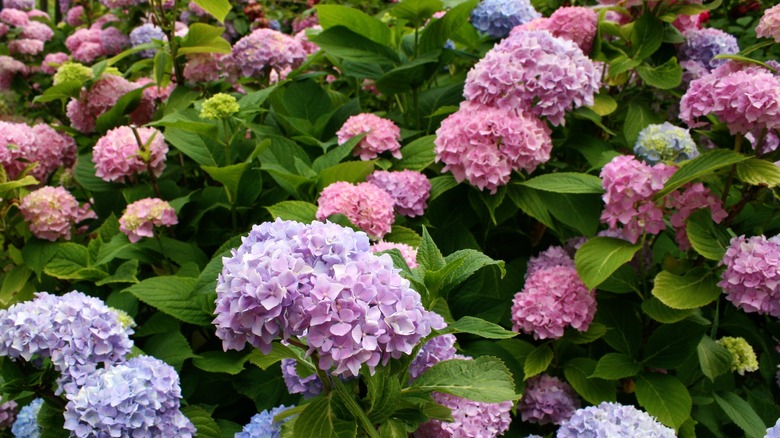What Does It Mean If Your Hydrangea Flowers Are Losing Color?
Hydrangeas, with their exquisite blossoms ranging from soft pastels to vibrant blues, purples, pinks, and whites, are cherished additions to many gardens. However, the disappointment of witnessing these captivating flowers lose their color can be disheartening for any gardener. Renowned for their ability to change color based on environmental conditions, the phenomenon of color loss in hydrangea flowers can be attributed to an interplay of various factors, each holding a crucial piece of the puzzle. As a gardener of these delicate blooms, understanding these factors is pivotal to maintaining the health and vibrancy of these flowers.
If your hydrangea flowers are losing color, several factors might be at play. Soil pH, nutrient availability, sunlight exposure, temperature variations, and pest and disease pressure can all impact the vibrancy of the blooms. By addressing these factors and providing the right care, you can rejuvenate your hydrangeas and once again enjoy their stunning display of colors in your garden. Remember — a little attentive gardening can go a long way in keeping these captivating flowers at their radiant best.
The factors involved
The color of hydrangea flowers is influenced by the soil's pH level. Acidic soils tend to produce blue hues, while alkaline soils lean towards pink and red tones. Purple blooms appear in transitional pHs. If your hydrangea flowers are losing color, it could be due to changes in the soil's pH — use soil amendments to adjust the pH to favor the desired color spectrum. A lack of essential nutrients can impact the health and vibrancy of hydrangea blooms. Nitrogen, phosphorus, and potassium are vital for flower development. If the plant isn't receiving adequate nutrition, the flowers may become pale and lackluster. Regular fertilization with a balanced formula can help combat nutrient deficiencies.
Hydrangeas thrive in partial shade, and excessive exposure to direct sunlight can lead to wilting and fading of flowers. Similarly, extreme temperature fluctuations can stress the plant and cause color loss. Providing the right amount of sunlight and protecting the plant from harsh temperature conditions can help maintain vibrant blooms. Insects and diseases can weaken hydrangea plants, leading to reduced flower color. Aphids, mites, and fungal infections are common culprits. Regular inspection and appropriate pest control measures can prevent such issues and preserve the plant's vitality.
As hydrangea flowers age, they naturally transition from their initial vibrant shades to more subdued colors, often fading toward green or brown. This process is a part of the plant's life cycle and doesn't necessarily indicate a problem. Pruning spent blooms can encourage the growth of new, colorful flowers.

